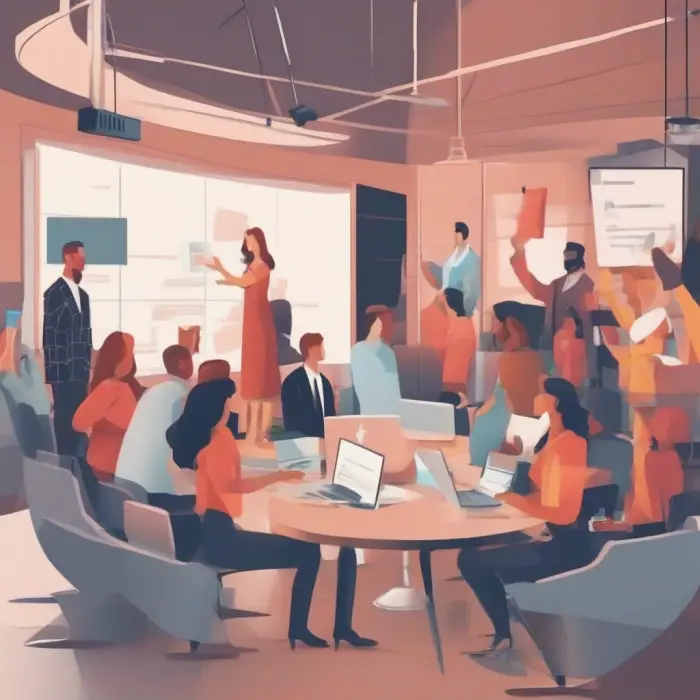With the dawn of the 21st century, the integration of art and technology has transformed from being a surprising innovation to a necessity. The changes that technology has brought to every realm of human activity, including art, are profound and far-reaching. In the rapidly evolving digital era, technology has greatly changed the way we produce, perceive and experience art.
Artistic Expression in the Digital Era
Art was once regarded as a realm that expressed human creativity and imagination in a purely physical domain. However, the advent of technology has expanded the boundaries of artistic expression. With tools like digital brushes, 3D printing and virtual reality, artists can now transform their imagination into reality in ways that were once inconceivable. By engaging with these technologies, artists are not only exploring new means of creation but are also challenging our traditional understandings of art.
Technology as a Medium
Technology is playing a transformative role in art by serving as a medium. For instance, digital art, video art, and the emerging field of AI-generated art are all testimonies to this trend. Even more, kinetic sculpture and sound art fuse technology and art in a manner that they become inseparable. These technological mediums allow artists to express themselves in dynamic, multisensory ways and engage with audiences on an unprecedented level.
Art Influencing Technology
While it is obvious that technology has influenced the realm of art, it's equally noting that art has also had its influence on technology. For instance, graphic design has played a crucial role in the development of user interfaces in our digital devices, while the fields of virtual and augmented reality are heavily borrowing from concepts within immersive and installation art.
21st Century Art and Technology in Practice
Several artists around the globe are making their mark by seamlessly integrating art and technology. One such artist is Es Devlin, who has gained recognition for her spectacular large-scale sculptures that blend light, music, and language. She often uses digital mapping and mirrored surfaces to create her immersive displays.
The Future of Art and Technology
The intersection of art and technology is continuing to redefine the artistic landscape in the 21st century, breaking boundaries and blurring lines between disciplines. The future promises further erasure of these boundaries and wider accessibility and inclusivity in the art world, thanks to the democratizing power of technology.
In conclusion, the 21st century has heralded a new era where art and technology do not merely exist side by side but are integrally connected. This merging is redefining the meaning of art, bringing about a transformative shift in human perception and experience of the creative process.










